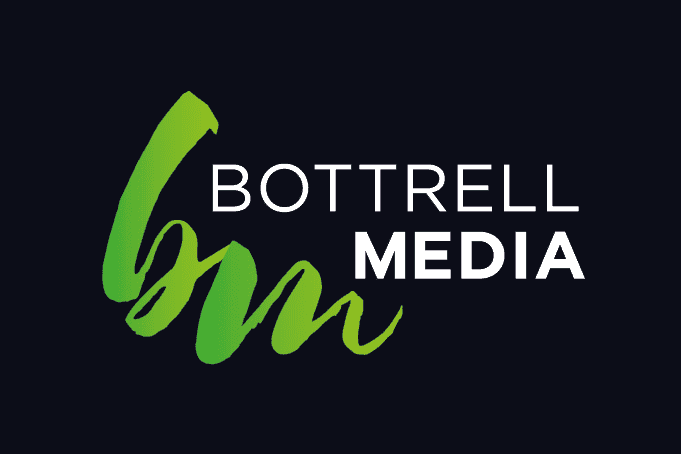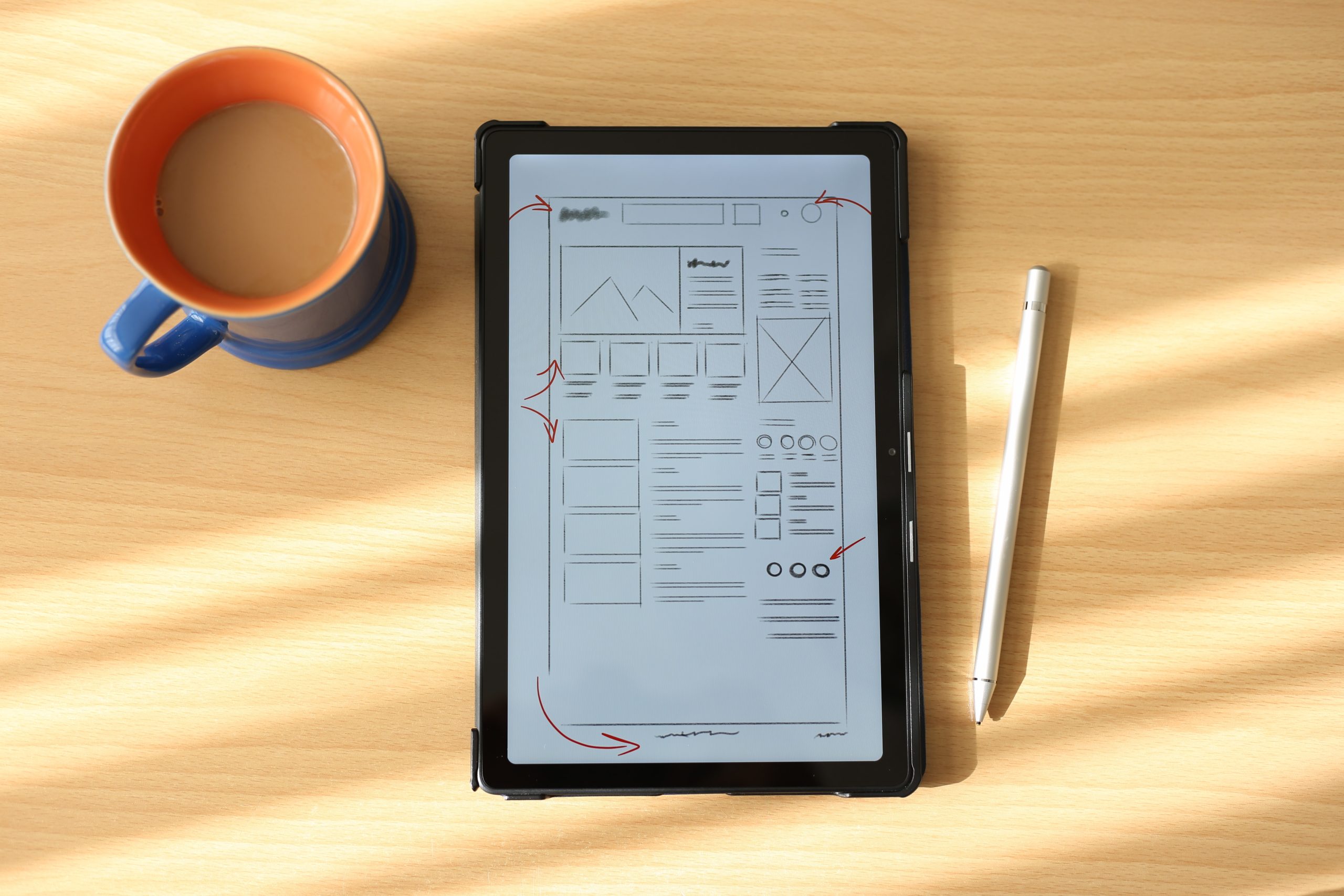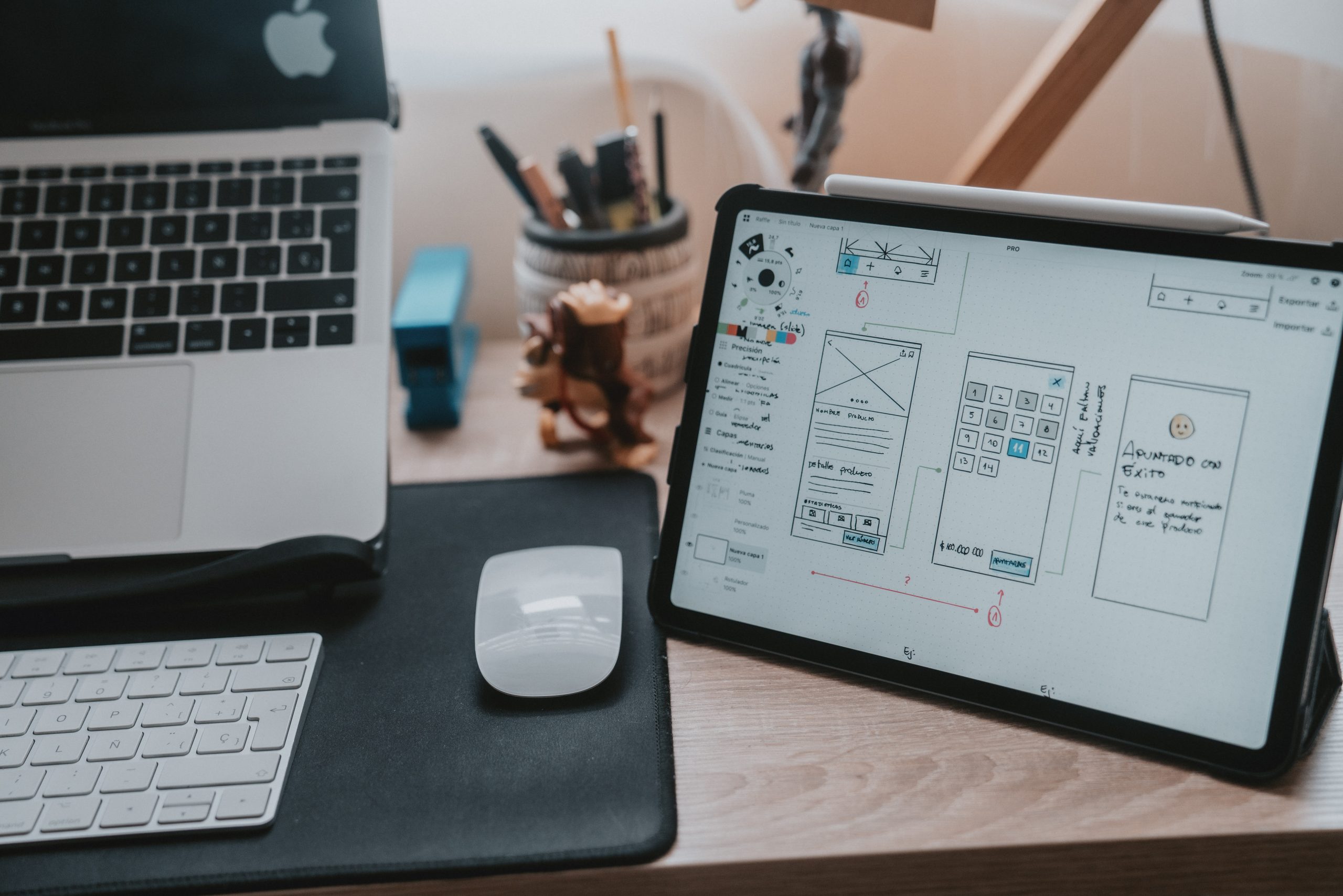Discovery and research:
The first step in the UX design process is to gather information about the target audience and their needs, as well as the goals of the project. This includes conducting market research, user research, and competitor analysis.
Design brief:
Based on the research conducted, the UX designer will create a design brief that outlines the goals of the project and the target audience’s needs.
Ideation and prototyping:
The next step is to produce design concepts and ideas and create prototypes of the website or application. This can be done using low-fidelity wireframes, sketches, or interactive prototypes.
User testing:
Once a prototype has been created, it is tested with real users to get feedback and validate the design. This step is crucial in identifying areas for improvement and ensuring that the design meets the needs of the target audience.
Design refinement:
Based on the feedback from user testing, the design is refined and improved until it meets the needs of the target audience and achieves the project’s goals.
Development and implementation:
Once the design is finalized, it is handed over to the development team for implementation.
Launch and evaluation:
After launch, the website or application is evaluated to determine if it is meeting the desired outcomes. This can include tracking metrics such as engagement, conversion rates, and user satisfaction, as well as conducting additional user research and testing to identify areas for improvement.





